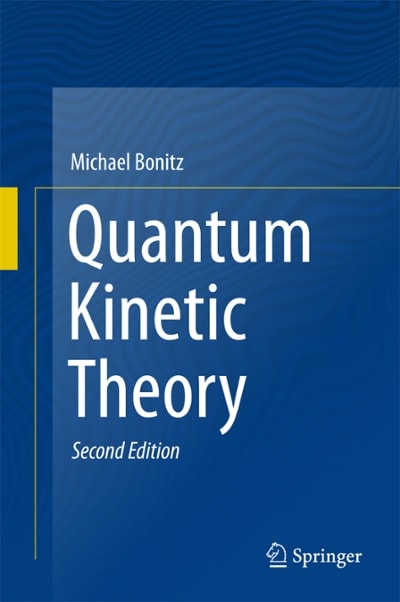Answered step by step
Verified Expert Solution
Question
1 Approved Answer
Recent observations of the stars orbiting the black hole at the Galactic Center (Sgr A*) have improved the measurements. Here are the latest results from
Recent observations of the stars orbiting the black hole at the Galactic Center (Sgr A*) have improved the measurements. Here are the latest results from the GRAVITY collaboration (https://www.aanda.org/articles/aa/pdf/2020/04/aa37813-20.pdf, 2020, A&A, 636, L5) for star S2: period P = 16.05 yr, semimajor axis a = 1030 AU and ec- centricity e = 0.885. In addition, Peiker et al. (https://arxiv.org/pdf/2002.02341.pdf, 2020, ApJ, 889, 61) measure the orbit of a new, even closer star S62, with P = 9.9 yr, a = 747 AU, and e = 0.976. Compute the mass (in units of solar masses) of Sgr A* implied by the new mea- surements of S2 and S62. Do the two stars give consistent mass estimates? (b) Compute the pericenter (closest approach) and apocenter (farthest away) distances (in units of AU) for S2 and S62. (c) What are the pericenter distances for the two stars in units of the radius of the black hole event horizon (the Schwarzschild radius)? (d) Compute the speeds (in km s1) of S2 and S62 at pericenter and apocenter. What fraction of the speed of light do the stars reach when they are going their fastest? Hint: the tangential velocity is v = r, and the
Step by Step Solution
There are 3 Steps involved in it
Step: 1

Get Instant Access to Expert-Tailored Solutions
See step-by-step solutions with expert insights and AI powered tools for academic success
Step: 2

Step: 3

Ace Your Homework with AI
Get the answers you need in no time with our AI-driven, step-by-step assistance
Get Started


